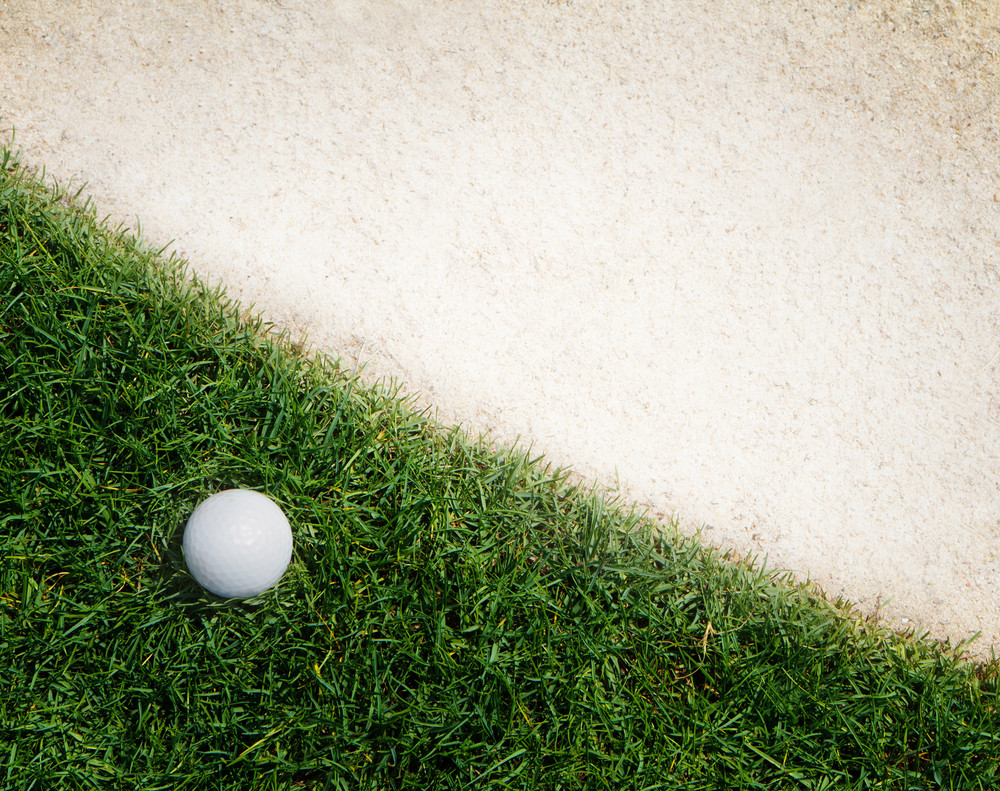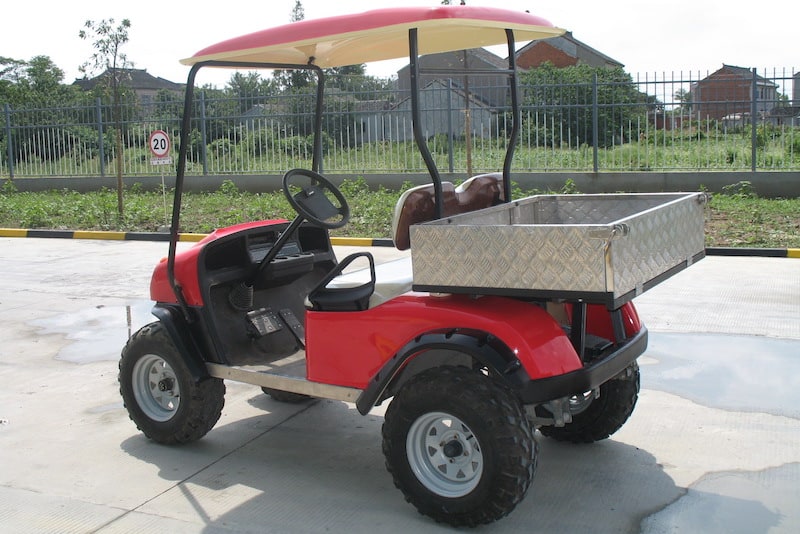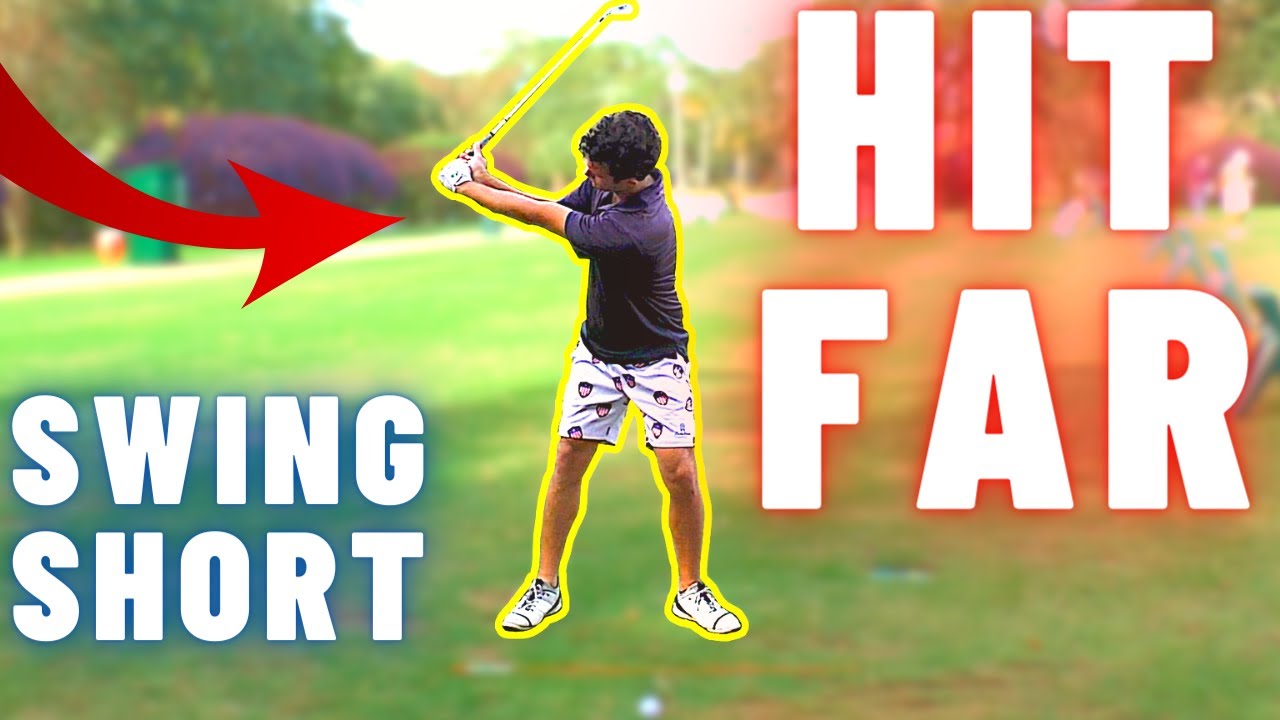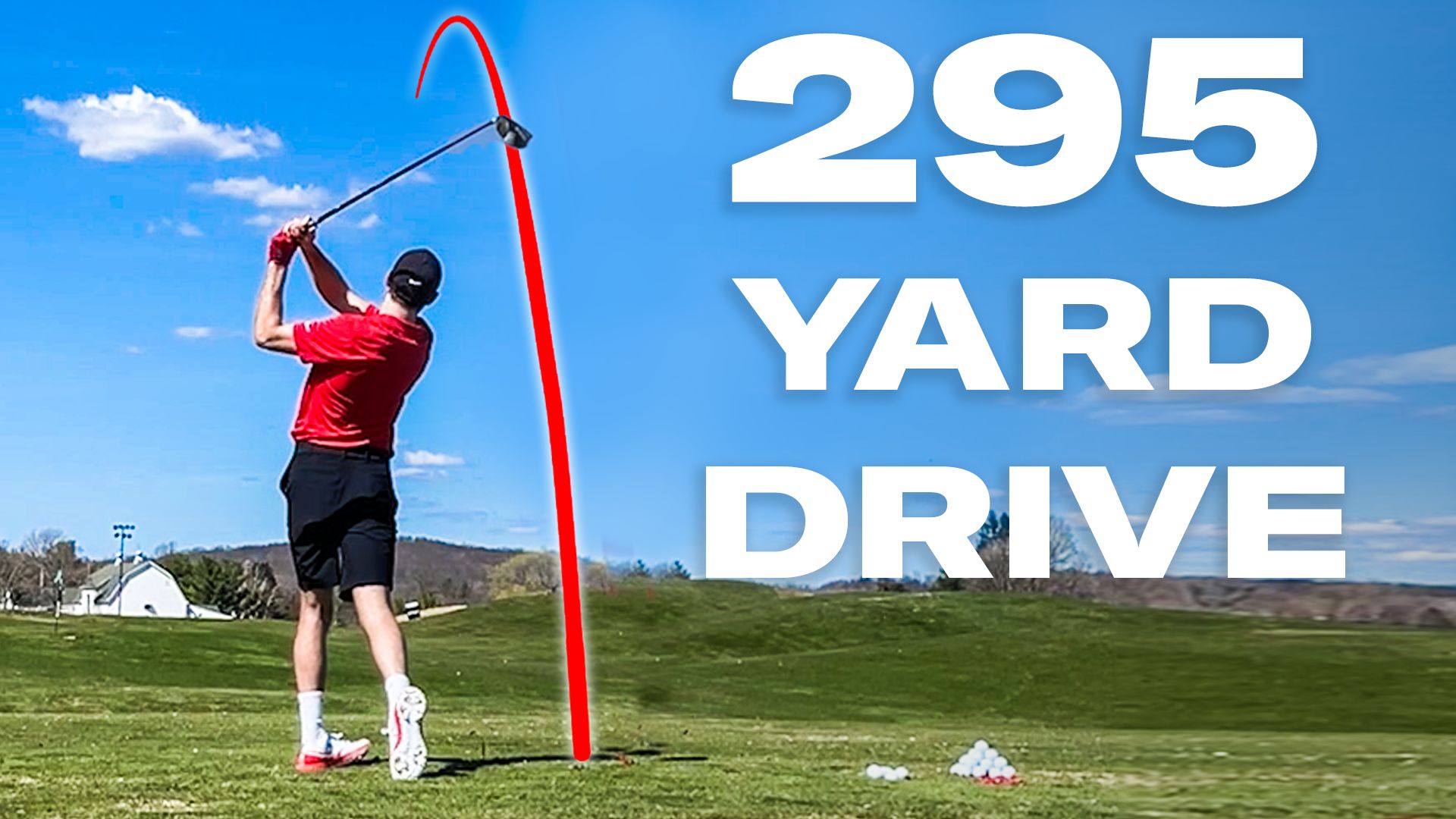Choosing the Perfect Golf Ball for Your Swing Speed
For a swing speed of under 85mph, use a ball with a soft feel. When swinging between 85-105mph, a ball with mid or soft compression is recommended.
Choosing the right golf ball is an important aspect to consider when it comes to enhancing your game on the course. A ball with the right compression and feel can influence the distance and accuracy of your shots. Swing speed, a key factor in determining the right ball for you, is measured by the speed at which the club head strikes the ball at impact.
Players with slower swing speeds usually require a ball with a softer feel, whereas those with faster swing speeds need a ball with a higher compression rating. In this article, we will look at the various types of golf balls available and guide you in selecting the best ball for your swing speed.

Credit: deerfieldgolfclub.com
Understanding Your Swing Speed
Golf is all about precision, and the type of golf ball you choose can make a significant impact on your game. When it comes to choosing the right golf ball, one important factor to keep in mind is your swing speed.
Understanding your swing speed is crucial as it can determine the distance and accuracy of your shots. In this section, we will discuss the significance of swing speed and provide some insights on how to measure it.
The Significance Of Swing Speed
Determining your swing speed is crucial as it can help you choose the right golf ball that suits your game. Swing speed is the speed at which your clubhead is traveling right before it makes contact with the ball. Here are some key reasons why understanding your swing speed is essential:
- Golf balls are designed to perform differently based on swing speed. Choosing the wrong ball can negatively affect your game and cost you strokes.
- Swing speed plays a significant role in the distance of your shots. The higher your swing speed, the farther your ball will travel.
- Your swing speed also impacts the spin of the ball. A higher swing speed generally results in more spin, which can be both good and bad depending on the conditions you’re playing in.
Measuring Your Swing Speed
Now that you understand the importance of swing speed, the next step is to measure it. Here are some ways you can measure your swing speed:
- Use a launch monitor: A launch monitor is a device that measures the speed of your clubhead and other essential data, such as ball speed, launch angle, and spin rate. You can use a launch monitor at a driving range or golf course to get an accurate reading of your swing speed.
- Online swing speed calculators: Numerous online swing speed calculators can help you estimate your swing speed based on factors like the club you’re using and the distance of your shots.
- Consult a professional: A golf instructor or club fitter can help you measure your swing speed accurately.
By measuring your swing speed, you will have a better understanding of your game and can make informed decisions when choosing the right type of golf ball.
Keep in mind that swing speed is not the only factor to consider when choosing a golf ball. Factors such as ball construction, compression, and cover material also play a vital role. It’s best to consult a golf expert who can guide you in making the right choice.
Types Of Golf Balls
Choosing the perfect golf ball for your swing speed can be overwhelming, especially with so many golf ball options available. However, understanding the differences between the various types of golf balls can help you make an informed decision.
Here’s an overview of the different types of golf balls and how they vary:
Golf Ball Cover Material
The cover material of a golf ball can affect its trajectory and spin rates. Here are the key points to remember:
- Surlyn: This material is used in golf balls designed for beginners or high-handicap players as it provides greater distance and less spin.
- Urethane: This cover material is favored by advanced players as it offers greater greenside control, spin, and feel.
- Ionomer: With a balance between the feel of urethane and the distance of surly, this cover material is ideal for intermediate players.
Number Of Layers
The number of layers a golf ball has can also impact its performance characteristics. Here are the key points to remember:
- Two-piece balls: Consist of a solid rubber core and a cover. They provide more distance and less spin, making them ideal for low-swing speed players.
- Multi-layer balls: Comprise a soft outer layer for enhanced spin and feel a middle layer for added distance and a rigid core for a reduced spin. These balls offer greater control and are ideal for mid to high-swing speed players.
Compression
The compression of a golf ball also affects its performance, with higher compression balls being ideal for faster swing speeds. Here are the key points to consider:
- Low compression: These balls are suitable for slower swings and provide better distance and a softer feel.
- High compression: These golf balls are ideal for faster swing speeds as they offer better control, spin, and feel.
Golf Ball Construction
Golf ball construction is key to improving one’s game. Here’s what players should keep in mind regarding golf ball construction:
- Faster swing speeds require a multi-layer ball that offers more control over spin and a better feel around the green.
- Players with slower swing speeds should stick to a two-piece ball that will provide more distance and less spin.
- It’s essential to choose a ball that complements your game. For example, a player with a high handicap may benefit from a ball designed to improve distance, while a player with a lower handicap may benefit from a ball that provides greater control.
Understanding the different types of golf balls and how they vary is crucial when choosing the perfect golf ball for your swing speed. With these factors in mind, players can make an informed decision and see an improvement in their overall game.
High-Compression Golf Balls
Characteristics Of High-Compression Golf Balls
High-compression golf balls have a dense construction that makes them less compressible, resulting in less deformation at impact. They are usually made with a blend of hard materials, like titanium and tungsten, that offer faster ball speed for higher swing speeds.
These balls have a compression rating of 90 or above, which means they compress less than low-compression balls.
Some key characteristics of high-compression golf balls are:
- They are denser than low-compression balls
- They provide faster ball speed to high swing speeds
- They don’t deform as much on impact, resulting in less spin
Which Type Of Golfers Should Opt For High Compression Golf Balls
High-compression golf balls are designed for players with faster swing speeds that are looking for maximum control and distance. Players with handicaps between 0-5, who can generate a club head speed of over 105 mph, should consider using high-compression golf balls.
Additionally, golfers who tend to hit the ball too high and need to lower their trajectory will also appreciate the benefits of high-compression balls.
Here are some examples of golfers who should opt for high-compression golf balls:
- Advanced players with clubhead speeds over 105 mph
- Low handicap golfers (0-5)
- Players who hit the ball too high and want to lower their trajectory
Benefits And Drawbacks Of High-Compression Golf Balls
High-compression golf balls offer several advantages and disadvantages, depending on the golfers’ skill level and swing speed.
Some benefits of using high-compression golf balls are:
- Maximum control and distance
- Consistent performance on shots
- Less spin, leading to a more penetrating trajectory
However, high-compression golf balls’ drawbacks are:
- Unforgiving on off-center hits
- A higher chance of causing pain or discomfort to players with slow swing speeds
- The lack of feeling around the greens and on soft shots
High-compression golf balls are suitable for golfers with high swing speeds who are looking for maximum control and distance. They offer several benefits such as consistent performance, maximum distance, and a penetrating trajectory. However, they are unforgiving on off-center hits and may cause discomfort to players with slow swing speeds.
As always, the best way to determine which golf ball is right for you is to test your options and find the one that suits your swing the best.
Low-Compression Golf Balls
Characteristics Of Low-Compression Golf Balls
Low-compression golf balls have a softer core compared to high-compression golf balls. They are designed to compress more upon impact with the golf club face, resulting in more deformation of the ball. Here are some of the characteristics of low-compression golf balls:
- They have slower swing speed requirements than high-compression balls.
- They are more suitable for golfers with slower swing speeds as they can help to maximize distance by reducing the amount of spin on the ball.
- They stay in the air longer, which makes them more forgiving, especially on mis-hits.
- They have a softer feel, which provides the golfer with more feedback on their shot.
Examples Of Golfers Who Should Opt For Low-Compression Golf Balls
If you’re wondering whether low-compression golf balls are for you, consider the following:
- Senior golfers who have lost some of their swing speed over the years.
- Women have slower swing speeds than men.
- Beginners who are still building their swing speed.
- Golfers who suffer from arthritis or other medical conditions that limit their swing speed.
Benefits And Drawbacks Of Low-Compression Golf Balls
Low-compression golf balls have their advantages, but they also have some drawbacks. Here are some of the benefits and drawbacks of low-compression golf balls:
Benefits:
- They are more forgiving and produce straighter shots.
- They can increase your distance and help you achieve greater accuracy.
- They have a softer feel and provide more feedback on your shots.
Drawbacks:
- They are not suitable for golfers with fast swing speeds, as they can lose distance and accuracy.
- They are not able to produce a high level of spin on the ball, which can reduce their ability to generate backspin and control the greens.
If you have a slower swing speed and are looking to maximize your distance and accuracy, low-compression golf balls could be an excellent option for you. However, if you have a fast swing speed, you may want to stick to high-compression golf balls to avoid losing distance and control.
Finding The Golf Ball For Your Swing Speed
Golf is a game that requires a great deal of equipment, and one of the most important pieces is the golf ball. Choosing the right golf ball can make a significant difference in your game, especially when it comes to your swing speed.
Swing speed refers to the pace at which a golfer swings their club. A golfer’s swing speed can greatly impact the type of golf ball they should use. Here’s a detailed look at how different golf ball types correspond with swing speed:
Explain How The Ball Type Corresponds With Swing Speed
- The type of ball you use can affect your distance, spin, and trajectory
- Harder balls are generally better suited for faster swing speeds
- Softer balls perform better with lower swing speeds
- Experienced golfers and professionals can use harder balls to generate more power and speed
Provide Insights Into Choosing The Right Golf Ball Based On Swing Speed
When it comes to choosing the right golf ball based on swing speed, there are a few things to keep in mind:
- The type of ball you choose should correspond with your swing speed
- Faster swing speeds need harder balls that can sustain their power and distance
- Slower swing speeds require softer balls that can help them reach a greater distance
Discuss Factors To Consider When Looking For The Perfect Golf Ball
Choosing a golf ball is a strategic decision. Here are some key factors to consider when looking for your perfect golf ball:
- Swing speed: Your swing speed has a direct impact on the type of golf ball that will work best for you.
- Experience level: A beginner golfer may not need to invest in the most expensive golf ball on the market. An experienced golfer may be able to utilize more specialized balls.
- Spin control: Golf balls with fewer dimples help produce less spin, while golf balls with more dimples produce more backspin and are ideal for more experienced golfers.
Mention How Different Manufacturers Create Golf Balls Suited For Varying Swing Speeds
Golf ball manufacturers cater to different audiences and swing speeds to make sure that their products work best for all types of golfers. Here are how different manufacturers create golf balls suited for varying swing speeds:
- Titleist: Titleist golf balls are known for being versatile and can work with a range of swings and speeds.
- Callaway: Callaway offers golf balls with various compression rates that range from softer to firmer, suitable for any golfer.
- Taylormade: Taylormade golf balls are designed to be responsive to all types of swings, generating a more significant distance for both slow and high swing speeds.
Choosing the right golf ball for your swing speed is crucial in ensuring the best possible outcomes on the course. Keeping these factors in mind will allow you to make an informed decision when you need it most.
Frequently Asked Questions Of What Golf Ball Should I Use For My Swing Speed
What Is Swing Speed In Golf?
Swing speed is the measurement of how fast a golfer swings the clubhead at impact.
How Does Swing Speed Affect Ball Selection?
Choosing the correct ball based on your swing speed can maximize distance and accuracy.
What Type Of Golf Ball Should I Use For My Swing Speed?
For slower swing speeds, choose a softer ball with a lower compression rating. For faster swing speeds, a firmer ball with higher compression is recommended.
Conclusion
To hit the perfect golf shot, you need to match your swing speed to the right golf ball. If you have a slower swing speed, a low compression ball is perfect for you as it helps the ball to compress quickly, increasing the distance and feel of the shot.
On the other hand, if you have a high swing speed, a high compression ball is ideal as it can withstand the force of the swing and maintain its shape, providing greater control and precision. Whatever your swing speed, it is crucial to remember that choosing the right golf ball can significantly improve your overall game.
Take your time to understand your swing speed, review the market options available, and select a ball that suits your playstyle. Ensure that you have the right golf ball for your game, and watch as your shots soar higher and further than ever before.



